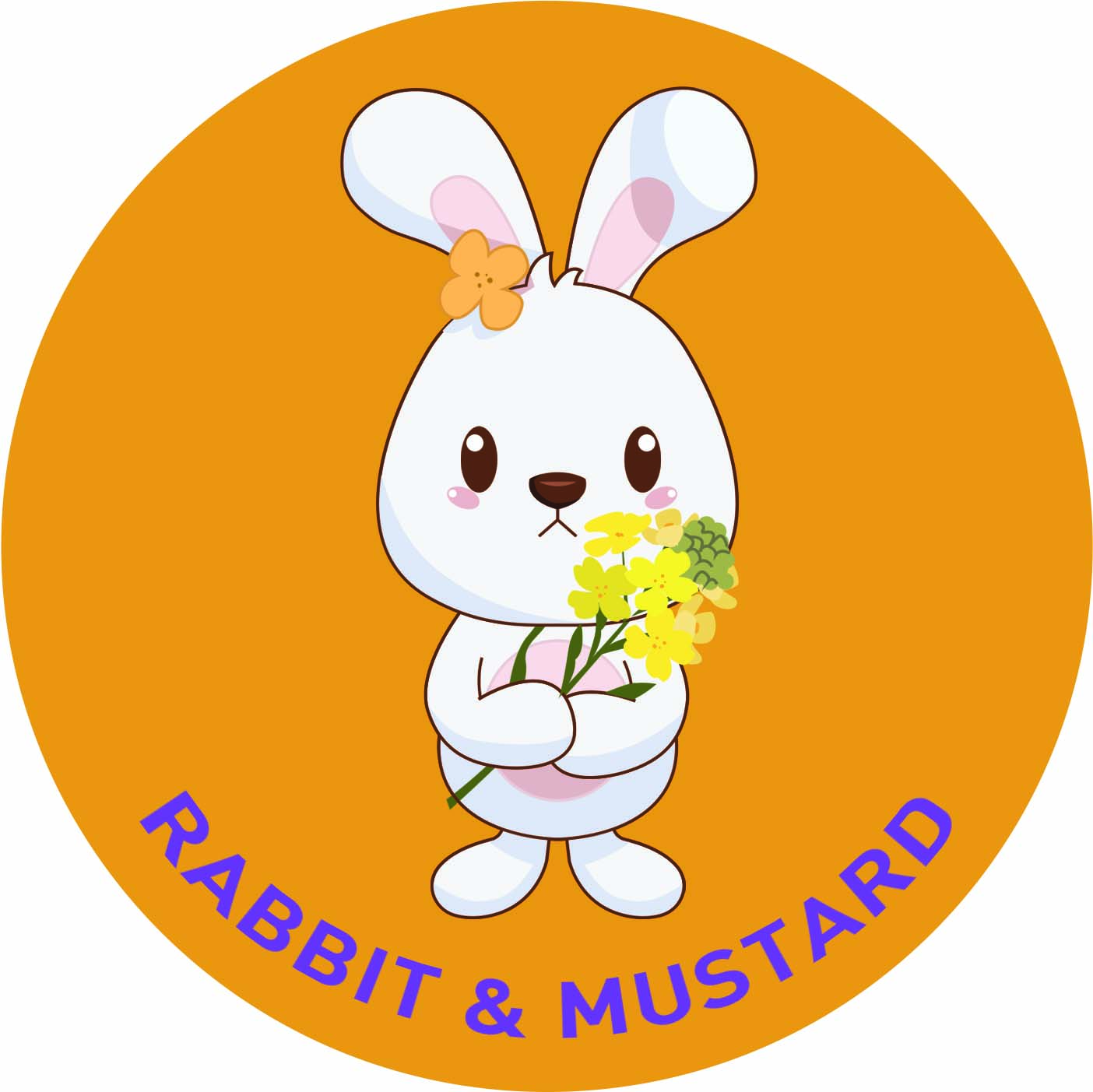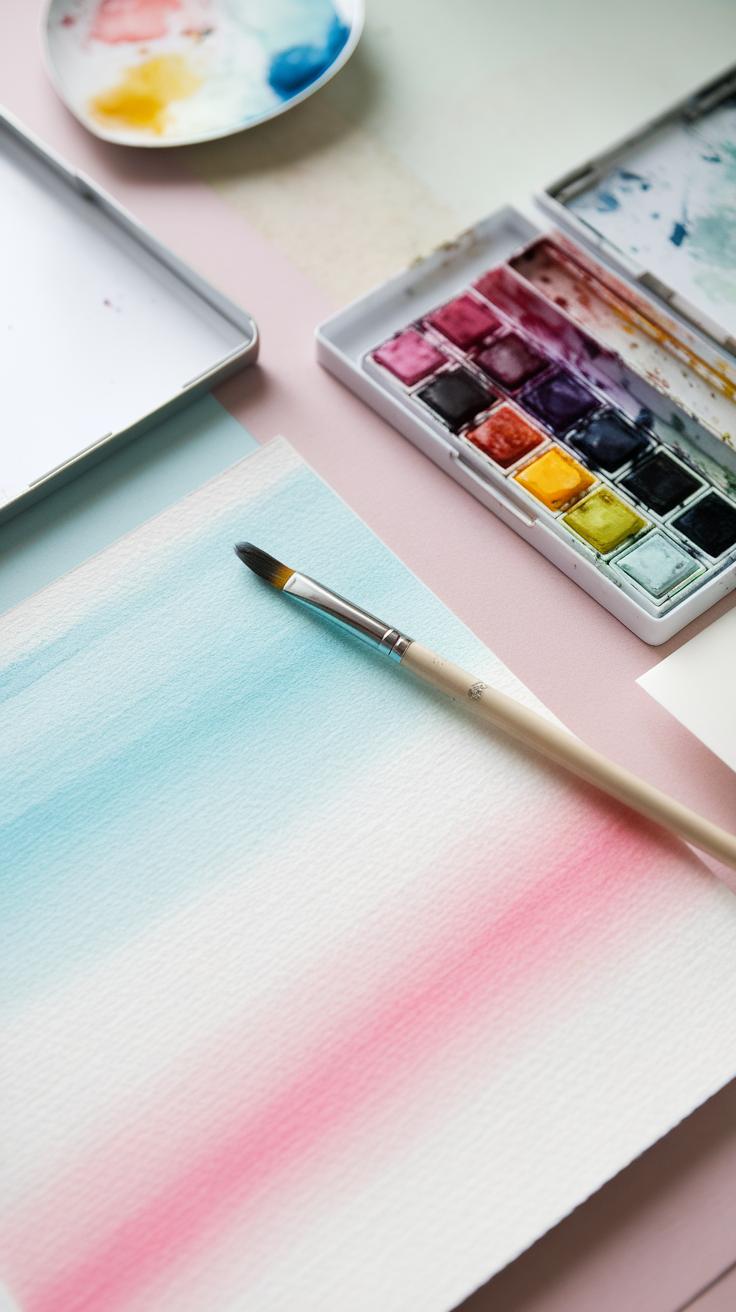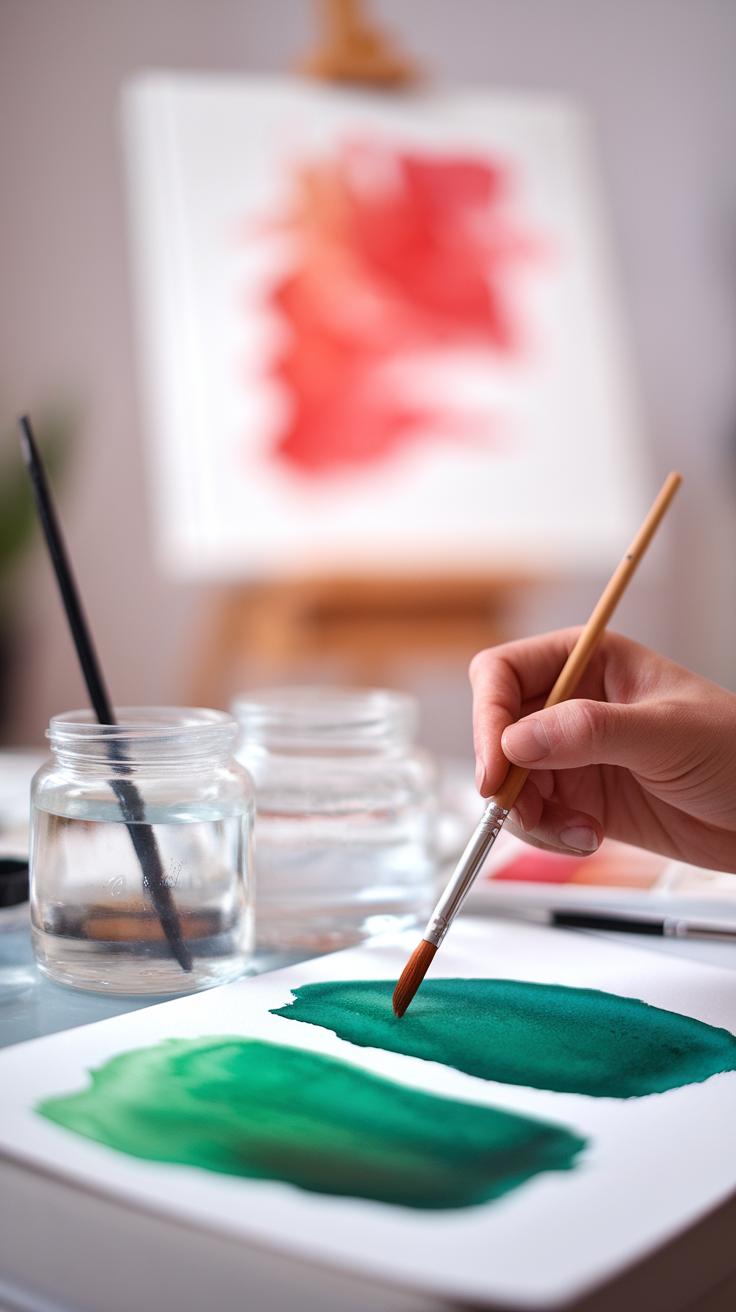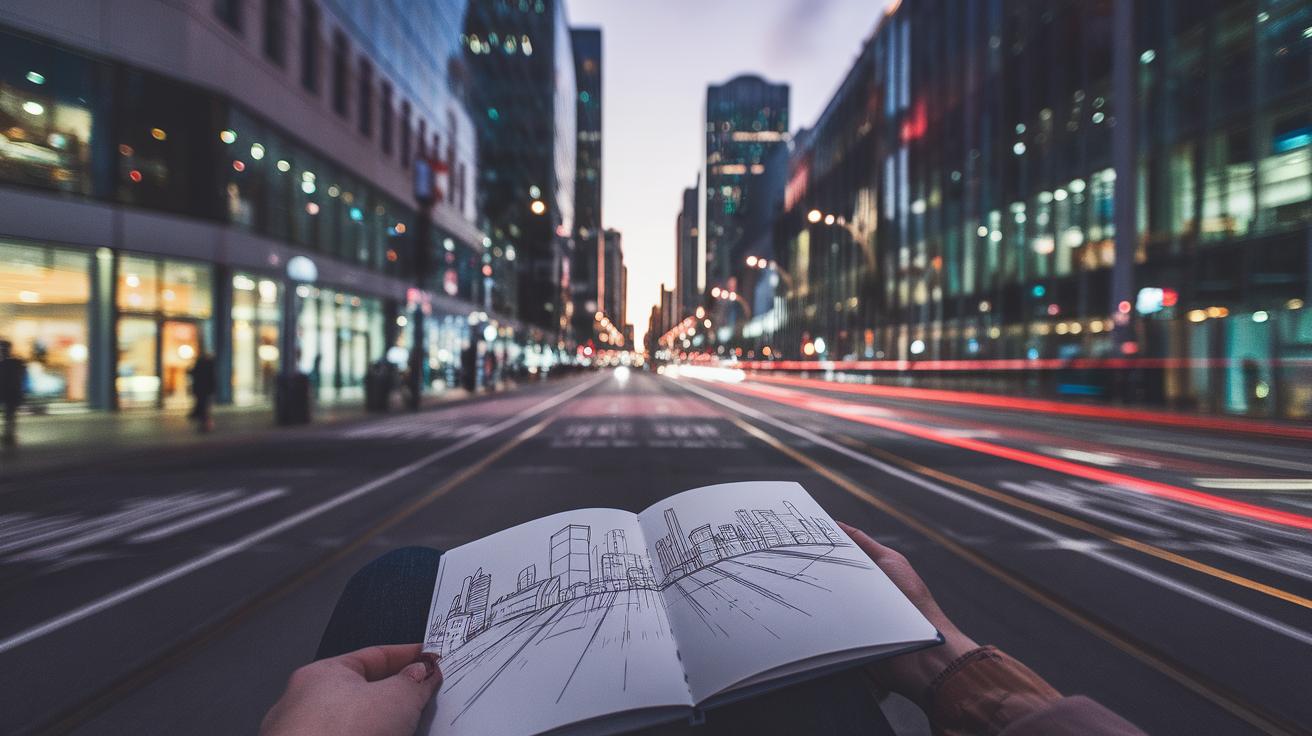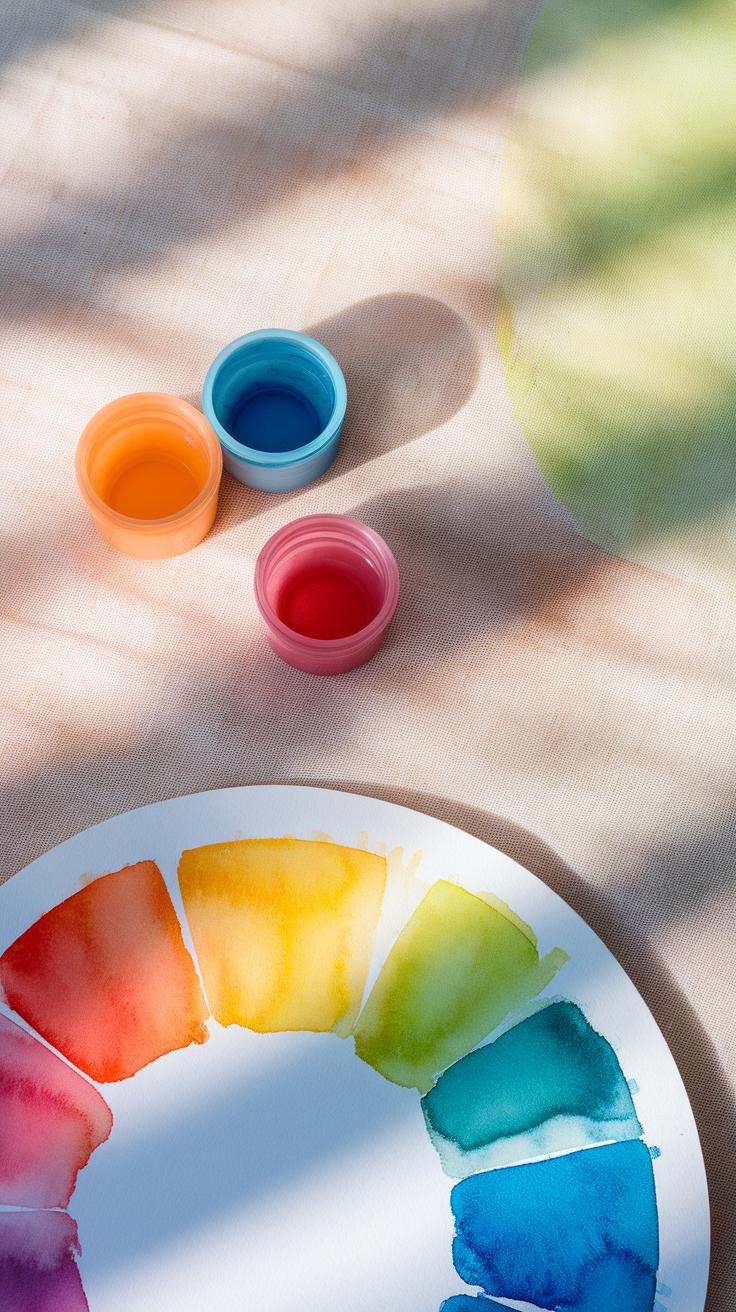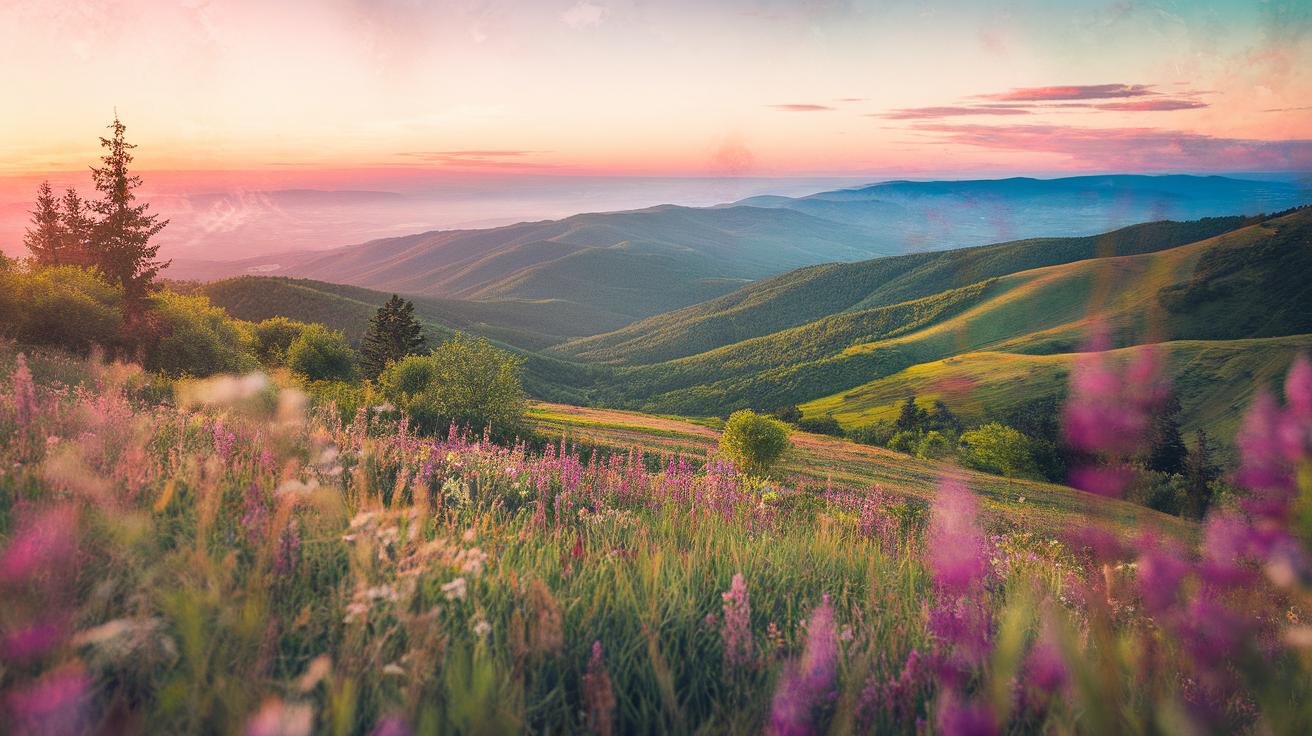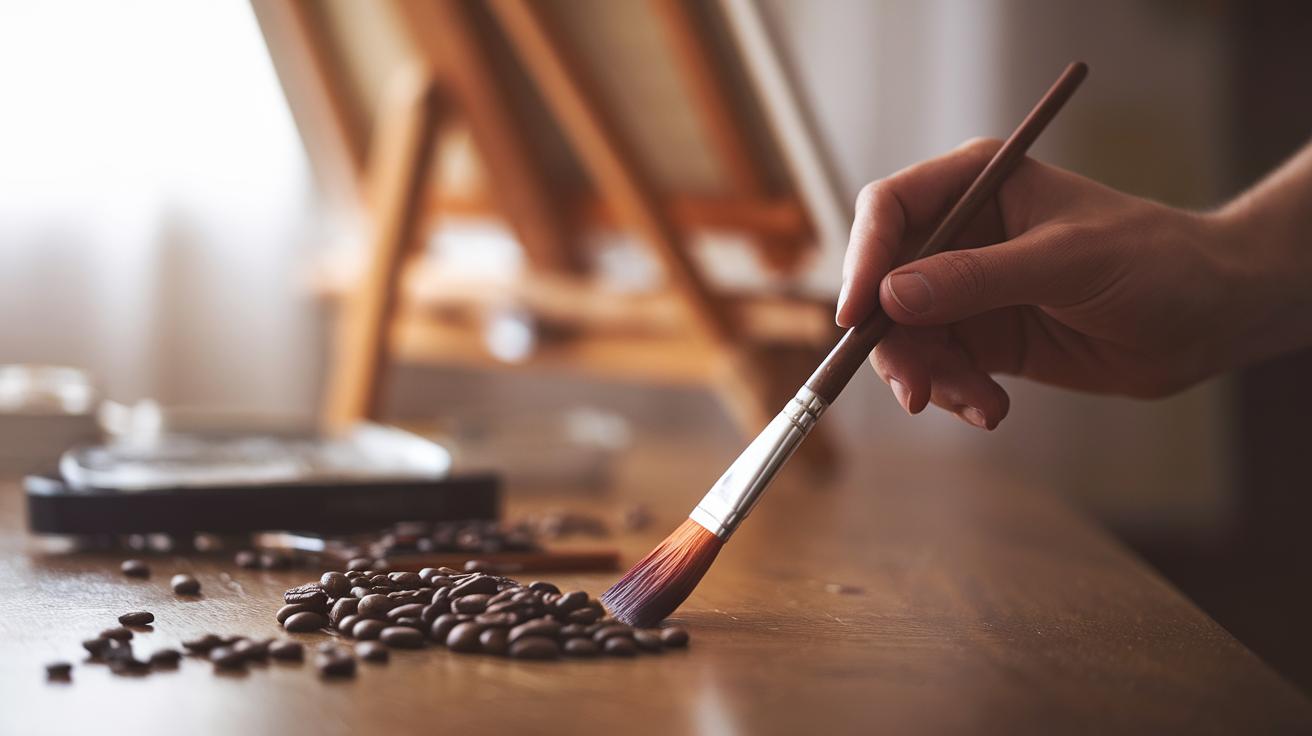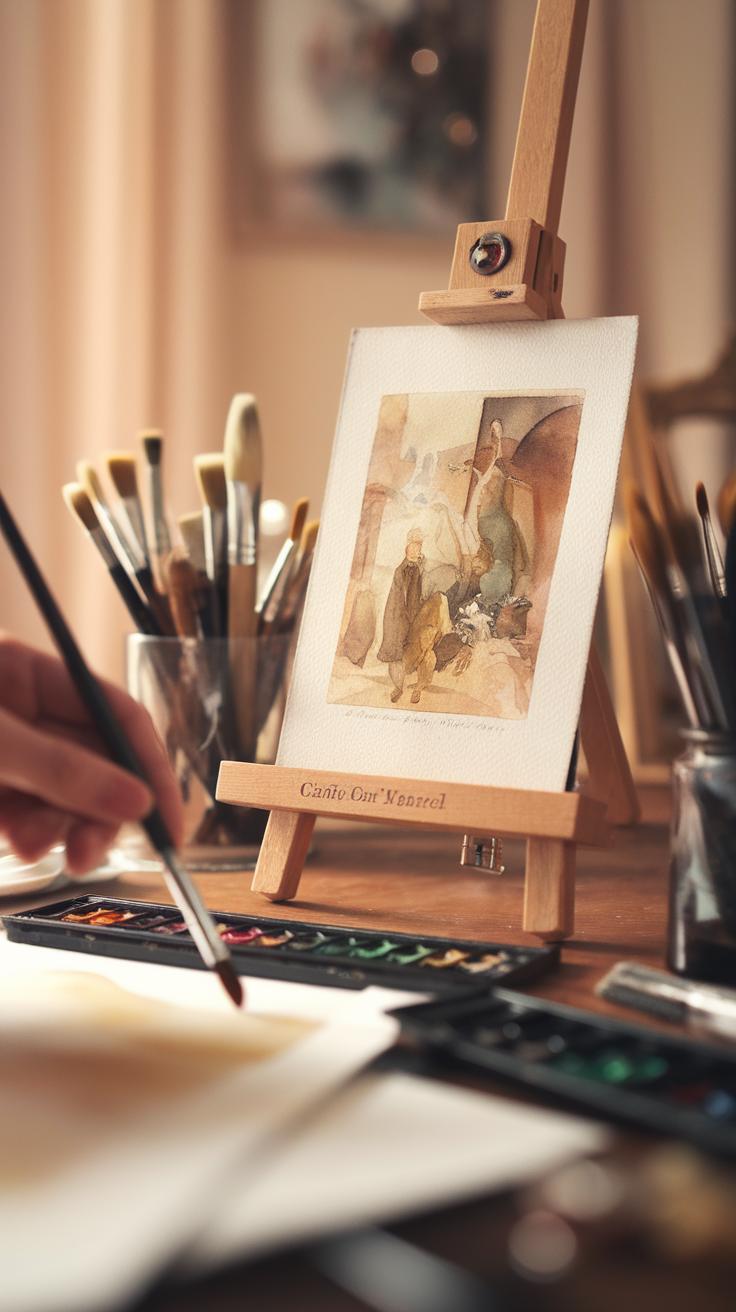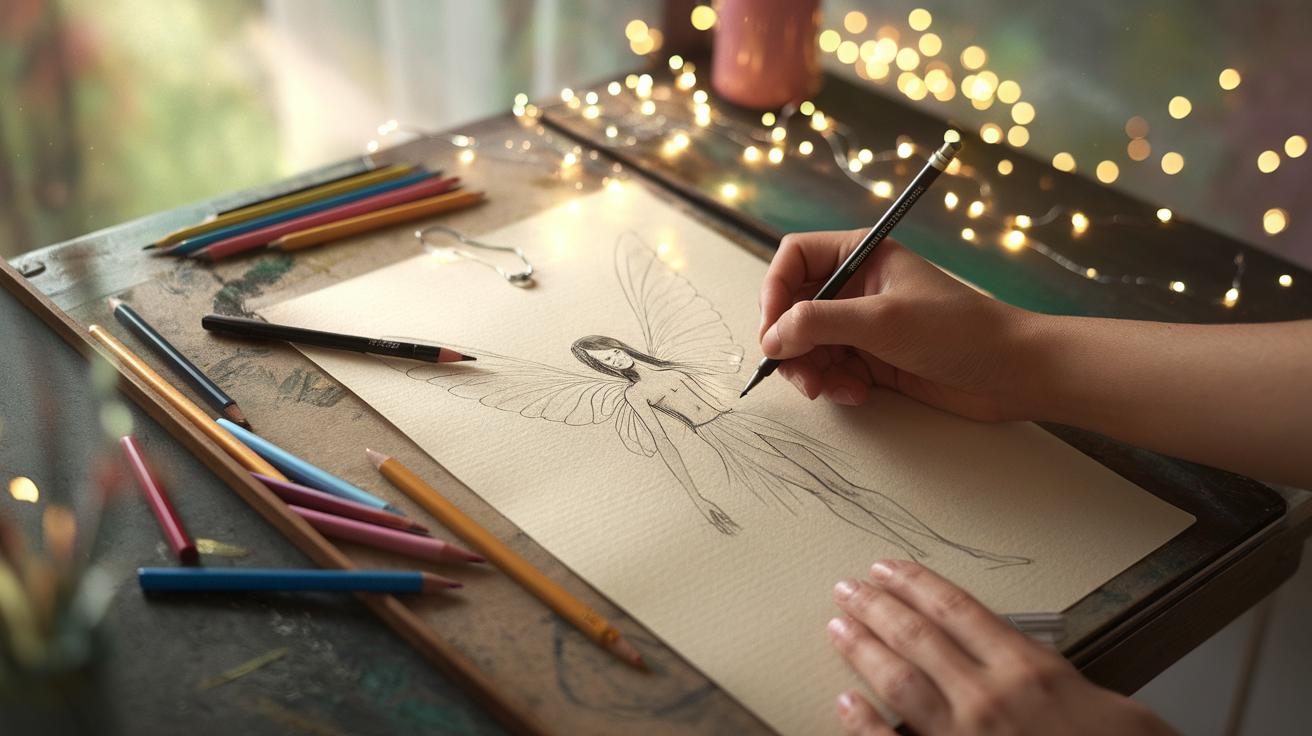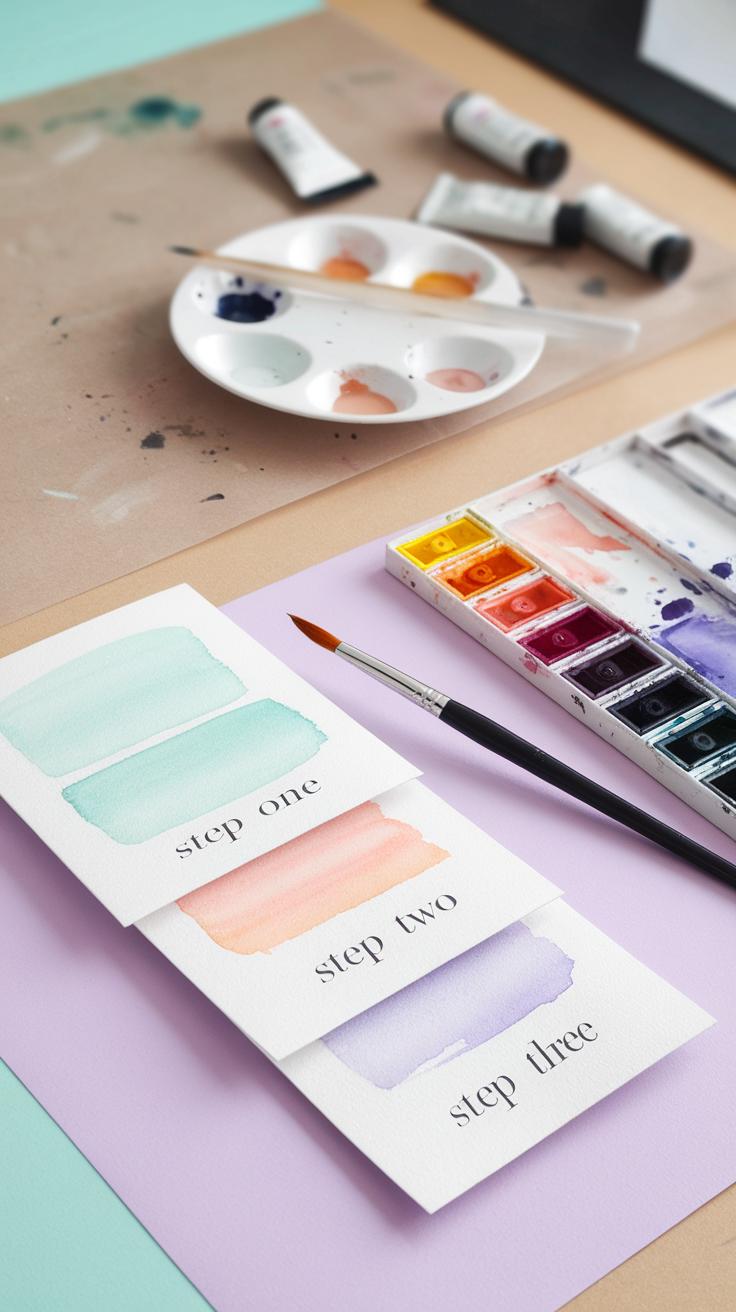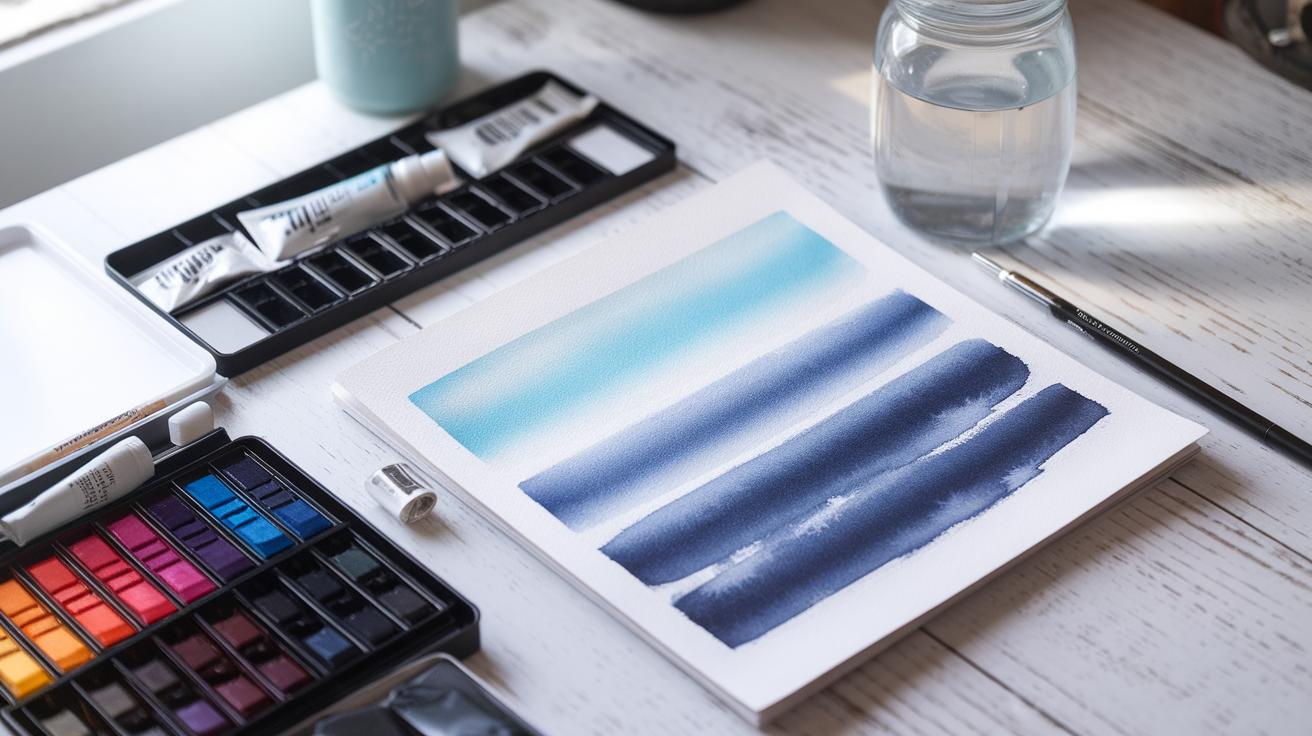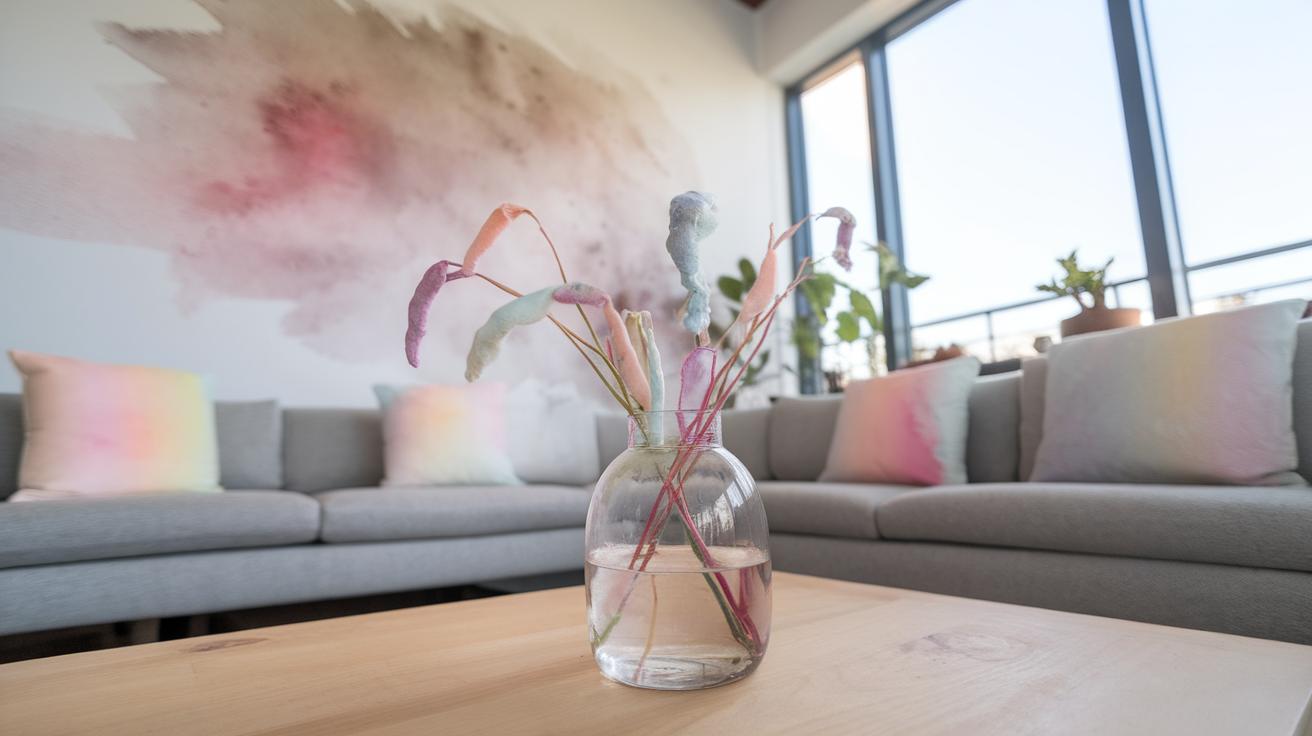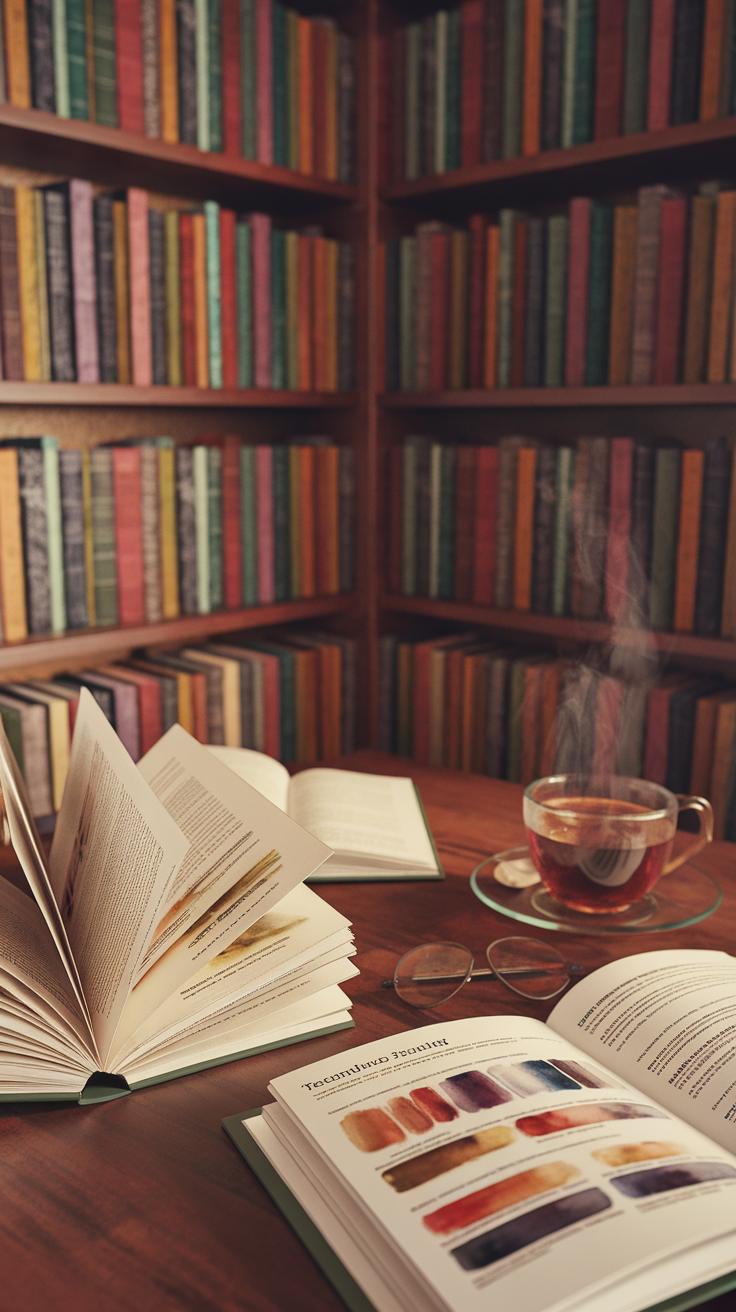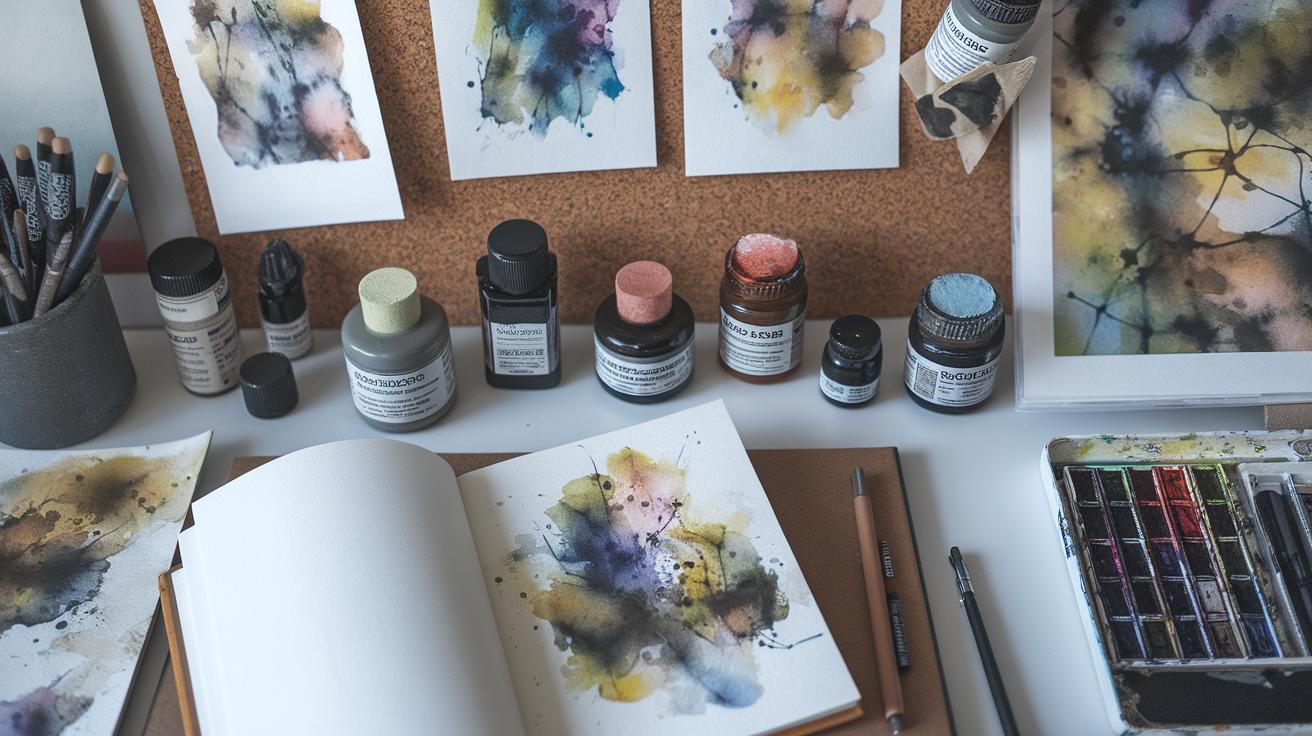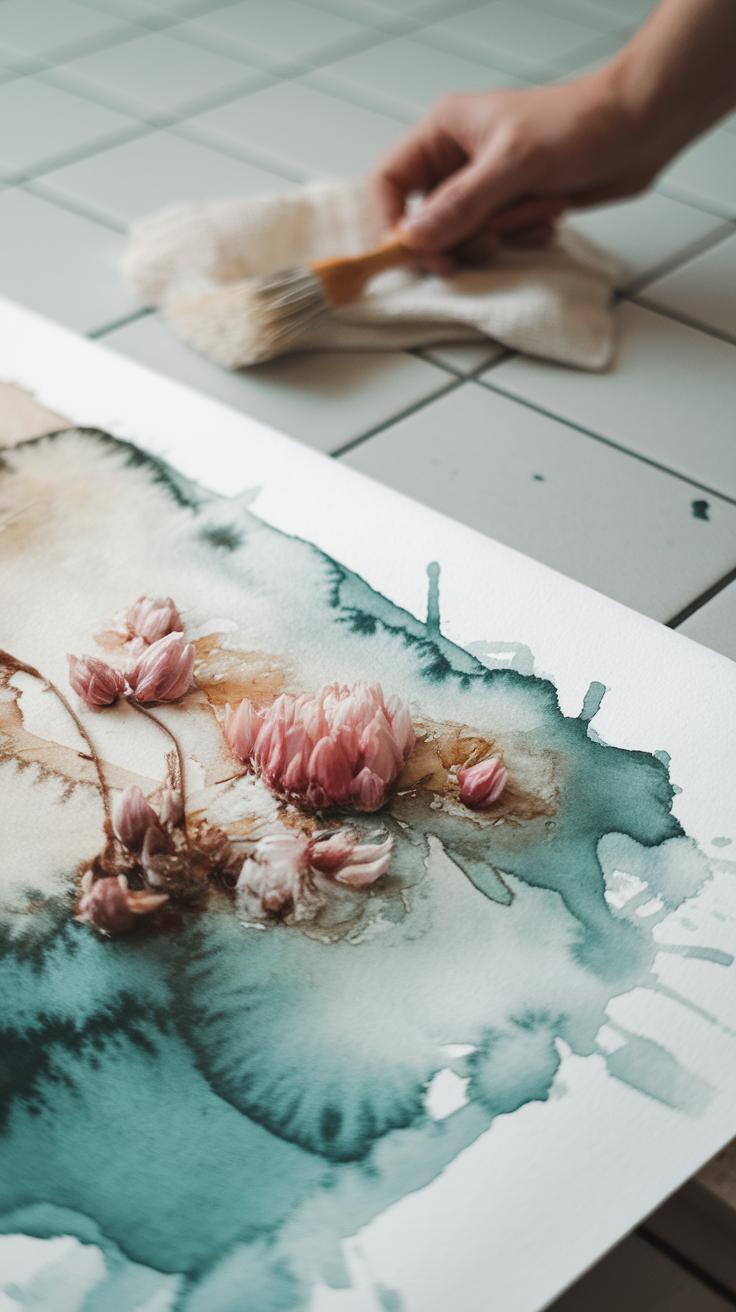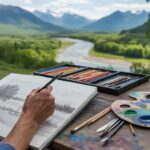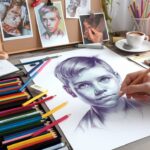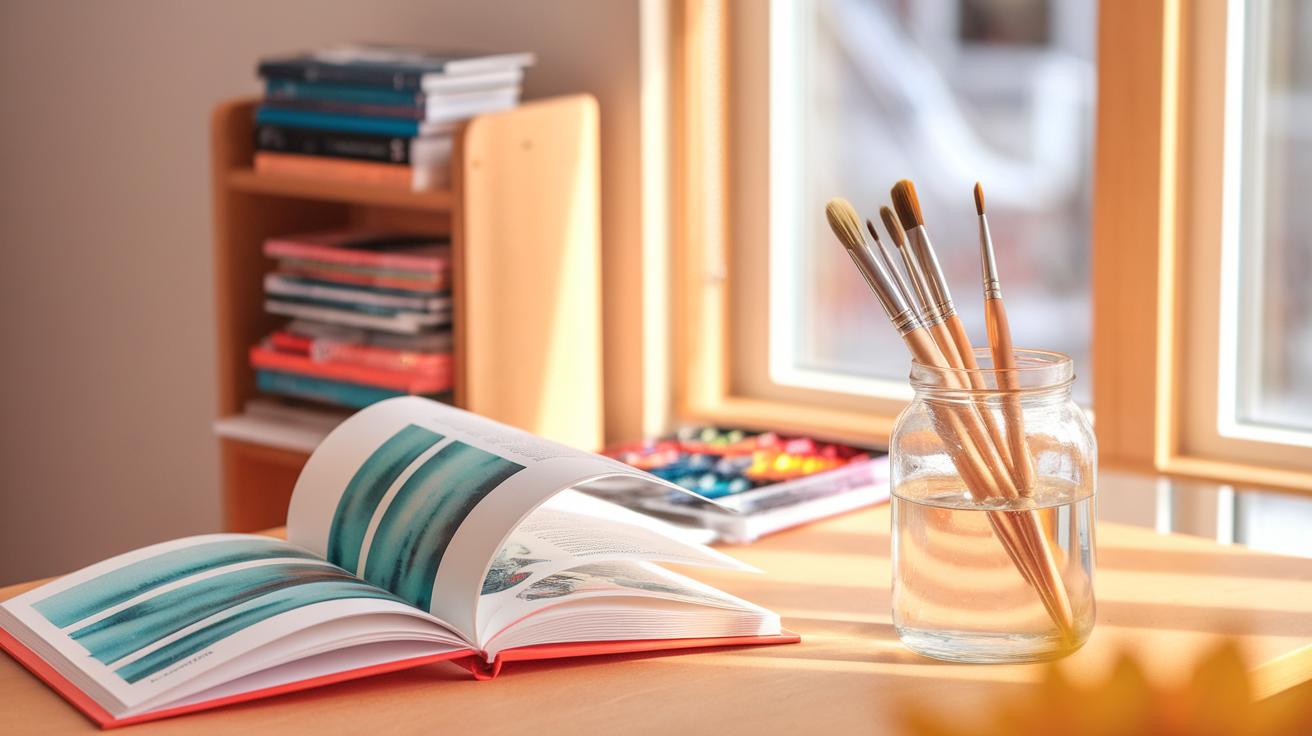
Must Read Watercolor Books For Artists
Introduction
Watercolor is a unique painting method that uses pigments suspended in water. It has a long history, dating back to ancient times. The process involves the use of special watercolor papers and paints that emphasize transparency and texture. Many artists appreciate watercolor for its delicate effects and versatility. Learning how to use watercolor effectively can greatly improve your artistic skills. Choosing the right resources, especially books, can accelerate your learning and provide valuable techniques.
This article highlights some of the must-read watercolor books for artists. These books cover basic techniques, advanced methods, color theory, and inspiration from famous watercolor artists. Whether you are just starting or looking to improve your skills, these books offer practical advice. They focus on actionable tips that you can apply to your own painting practice. How can these books change your approach to watercolor art? Let’s explore the titles and their takeaways.
Understanding Watercolor Basics
Watercolor painting relies on the unique properties of its paints and materials. These paints use pigments suspended in water, which creates a delicate, transparent effect that sets watercolor apart from other mediums. The paper you choose significantly affects your results. Thicker, absorbent papers handle water better and allow colors to blend smoothly. Brushes come in different shapes and sizes, each suited for various strokes and details. Pay attention to how much water you use; it controls the paint’s flow and transparency. The transparent nature of watercolor demands precision, but it also offers freedom to layer colors without losing luminosity. How does the choice of your materials and technique influence the intensity and mood of your artwork?
Watercolor Materials
Tubes and pans are the two main forms of watercolor paint you’ll encounter. Tubes offer vibrant, wet paint ideal for mixing, while pans are solid and convenient for travel. Paper types vary from cold-pressed, which is textured and great for loose work, to hot-pressed, which is smooth and perfect for fine details. Brush shapes include round, flat, and mop, each serving distinct purposes. Investing in quality materials improves your control and the final look of your painting. Have you noticed how different papers or brushes change your brushstrokes or color blending? Choosing the right tools helps you express your vision more clearly.
Transparency and Layering
Transparency defines watercolor’s essence. You create it by thinning paint with water and applying it in light washes. Layering involves applying one transparent color over another once the first layer dries. This builds depth and richness without covering the underlying layers. Managing water is key; too much washes the color away, too little makes it opaque. Experiment with how each layer interacts, observing how colors mix on the paper. Have you tried layering warm and cool tones to create contrast? Mastering transparency and layering lets you control mood and light in your paintings with subtlety.
Techniques Every Artist Should Master
Watercolor painting relies on mastering several core techniques that shape your work. The wet-on-wet method involves applying wet paint onto wet paper. This creates soft, flowing blends where colors mix naturally. It works well for backgrounds and skies, giving a smooth gradient effect. Wet-on-dry requires painting wet paint on dry paper, producing sharper edges and more control. This technique is ideal for details and defined shapes.
The dry brush technique uses a brush with little water to add rough, textured strokes. It is perfect for adding grit and surface details, such as tree bark or fabric. Glazing refers to layering transparent washes over dried paint. Each layer deepens color and adds richness, allowing you to build shadows and depth slowly.
Lifting involves removing paint with a damp brush or sponge to create highlights or correct mistakes. Mastering these allows you to decide when to let colors flow freely or control them tightly. How could improving each technique change your style?
Wet-on-Wet and Wet-on-Dry
Wet-on-wet and wet-on-dry techniques create very different effects in watercolors. When you apply wet paint to wet paper, the colors bleed together smoothly. This effect softens edges, making it great for blending skies, water, or distant subjects. It encourages spontaneity because you cannot control the paint precisely once it spreads.
On the other hand, wet-on-dry offers crisp lines and clear shapes. You place wet paint onto dry paper, preventing colors from merging unexpectedly. This method gives more precision, perfect for adding fine details or layering colors without muddying. Knowing when to use each technique helps control your composition and sets the mood of your painting. When have you tried switching between these methods?
Dry Brush and Glazing
Using a dry brush technique means loading your brush with more pigment than water. This creates broken, scratchy strokes and rough textures. It’s useful for surfaces like tree bark, rocks, or grass, where you want a sense of grit or unevenness. Practicing dry brush helps you add variety to your paintings.
Glazing involves applying thin transparent layers over a dried wash. Each glaze modifies the color underneath, enhancing depth and luminosity. It lets you build subtle shadows and color richness without losing the transparency that makes watercolor unique. Patience and layering are keys here; how do you manage layers without overworking your paper?
Color Theory for Watercolor Artists
Color theory is a foundation every watercolor artist needs. It teaches how colors interact, helping you create balanced, lively paintings. Understanding color mixing lets you blend hues smoothly and avoid dull, muddy results—common problems in watercolor.
Try mixing two colors on a palette first. Use small amounts and build gradually. Notice how mixing complementary colors (colors opposite on the color wheel) like blue and orange creates neutral tones. This can help add shadows or soften areas without black.
Colors also influence mood. Think about how warm colors like red or yellow evoke energy, while cool ones like blue and green calm the eye. Planning your palette around this can guide viewers’ feelings when they see your work.
Have you experimented with leaning more on warm or cool shades in your paintings? How did that shift the overall tone? Understanding this gives you more control when telling a story through color.
Mixing Colors
Mixing colors requires patience. Begin with small paint amounts and add water slowly. This helps control intensity and transparency. Avoid mixing too many pigments at once to keep colors bright.
When you combine three or more colors, watch out for dullness. Stick to two-color mixes if you want clearer, fresher tones. Testing mixes in a separate area before applying to your painting saves time and prevents mistakes.
Keep a color chart as you experiment. Seeing actual mixes side by side helps you remember which combinations work best. It can be frustrating when mixed colors turn muddy, but consistent practice makes it easier to predict results. What color pairs have you found that never fail to look good?
Using Color to Create Mood
Warm and cool colors provide tools to set the mood in your artwork. Warm shades like oranges and reds often feel lively or intense. Cool colors such as blues and purples bring calm or sadness.
Choosing a mainly warm palette can energize your scene, while a cool one might feel peaceful. Mixing both can create contrast and interest, but balancing them is key. Limit your palette to two or three colors to avoid confusion.
Consider the subject of your painting. Does it call for bright, cheerful feelings or something quiet and thoughtful? Adjusting your color choices around that can add emotional depth. What mood do you want your next piece to express?
Learning from Great Watercolor Artists
Studying the works of famous watercolor artists helps you see different ways to approach your own painting. Each artist brings a unique style and technique that you can learn from and adapt. Noticing how these artists handle water, paint flow, and layering can change how you think about your process.
As you look at their paintings, ask yourself: What methods do they use for blending or creating texture? How do they balance detail with loose brushwork? These questions guide you in trying new approaches and expanding your skills. Learning from masters also shows you the wide range of possibilities watercolor offers, pushing you beyond your current limits.
Historical Masters
Albrecht Dürer is a key figure in watercolor history. He used the medium to add richness to his detailed drawings and natural studies. His work shows how precise line work combined with delicate washes can create striking effects. Dürer’s observations of nature encourage artists to study closely and capture textures realistically.
Other early watercolor artists focused on landscapes and botanical subjects, showing the medium’s potential for transparency and light. Studying their works helps you understand traditional watercolor techniques, such as glazing and wet-on-wet, which remain useful today. How might these classic strategies improve your control and patience with watercolors?
Modern Influences
Contemporary watercolor artists often experiment with loose, expressive styles that embrace spontaneity. Artists like Mary Whyte blend realism with emotional depth, using bold brushstrokes and contrasts. Others, like Jean Haines, create fluid, abstract pieces that rely heavily on water to let colors flow freely.
These modern approaches can inspire you to let go of strict control and enjoy experimenting with serendipity in your work. Watching how different artists evolve techniques opens room for your own interpretation. Which new technique are you curious to try in your next painting session?
StepbyStep Projects for Skill Building
Practicing simple watercolor projects helps build your skills steadily. Start with easy subjects so you focus on techniques like layering and color blending without feeling overwhelmed. You can try painting landscapes, florals, or everyday objects to sharpen different skills.
Working on a landscape project teaches how to create depth and smooth color gradients. Painting flowers and still life objects trains your eye to notice details and how to mix colors for realism. Object studies push you to capture shapes and shadows accurately.
Following step-by-step projects from watercolor books lets you practice with clear guidance. These exercises encourage patience and technical growth. How do your colors react when layered? Where can you add texture? Simple projects answer these questions and reveal your strengths and areas to improve.
Set aside regular time to complete a new project. As you practice, compare your work to examples in your books to see your progress. Which subject do you enjoy painting most? Use that interest to fuel your skill building.
Landscape Painting
Start your landscape by painting a light wash for the sky. Use horizontal strokes and gradually change the color tone to create a smooth gradient from top to bottom. This step teaches control over water and pigment.
Next, add layers for distant hills or trees. Wait until the previous layer dries to avoid colors mixing uncontrollably. Notice how layering creates depth and a sense of space in your work.
Use softer edges for faraway elements and sharper edges in the foreground to guide the viewer’s eye. Pay attention to how colors change with distance—duller for far objects, more vivid near you. What atmosphere do you want your landscape to convey?
Floral and Still Life
Begin with a simple flower shape in light color washes to map out your composition. Build up petals by layering more saturated colors. Watch how petals overlap and adjust shadows accordingly.
Focus on small details such as veins in a leaf or reflections on a fruit in your still life. Add fine lines with a small brush once the base layers dry. This helps your painting look more alive and precise.
Mix colors carefully to capture natural tones. Use the right balance of warm and cool colors for contrast. When painting flowers, how does the light hit each petal differently? Observing these details sharpens your visual skills and improves your color choices.
Choosing the Right Watercolor Books
Selecting watercolor books that fit your skill level and interests is key to steady improvement. Look for books with clear instructions that guide you through techniques without confusion. Check if the book offers practice exercises to apply what you learn. Seeing examples from experienced artists can inspire your own work and help you understand different styles.
Ask yourself what goals you have. Do you want to learn basics, or are you ready to explore new creative challenges? The book should feel like a helpful teacher, not a heavy reference you skim through. Reliable watercolor books often include step-by-step demonstrations with photos or illustrations that show each stage clearly.
Consider whether the book covers subjects that excite you, like landscapes, florals, or portraits. When you connect with a book’s content, you are more likely to stick with the exercises and improve your skills over time.
Books for Beginners
Beginner watercolor books need to break down basic techniques into small, manageable steps. Watch for books that explain how to use brushes, mix colors, and control water flow. Simple projects are vital; these should let you practice washes, gradients, and simple shapes without overwhelming details.
Look for books that encourage hands-on learning. The best beginner guides offer exercises with clear outcomes, such as painting a single flower petal or a piece of fruit. They avoid complex subjects that can frustrate you before you get comfortable.
Books with friendly language and large photos help beginners stay focused. Finding a book that invites experimentation can help you build confidence. Does the book include tips on common beginner mistakes? That shows it understands what you need.
Advanced Books
Books for advanced watercolor artists push boundaries and deepen skills. They often introduce complex techniques like glazing, lifting, and playing with texture. These books challenge you to think creatively about composition and color harmony.
Look for books that include high-quality examples from professional artists. Insights into their thought processes and creative decisions add value. Advanced books might also explore unique styles and approaches to inspire you to develop your personal vision.
Does the book encourage problem-solving and experimentation instead of just repetition? Strong guidance on refining detail and handling difficult subjects shows that the book aims to elevate your work. Consider if the projects stretch your limits and inspire you to take risks in your painting.
Common Challenges in Watercolor Painting
Watercolor painting often challenges artists with issues like uncontrolled water flow, color bleeding, and error correction. Managing how water interacts with pigment requires practice and awareness. Excess water can cause colors to spread beyond the intended edges. You might notice paint pooling in some areas while other parts look dry and uneven. Such results can confuse your vision for the artwork.
Color bleeding happens when wet paint touches another wet area, making colors mix unintentionally. Controlling timing and layering can reduce this problem. Mistakes, whether a wrong color or an unexpected shape, feel tough to fix because watercolors often soak into paper fast.
These challenges don’t have to block your progress. Learning to adjust water quantity and knowing techniques for fixing errors will improve your control. What steps can you take today to turn these issues into opportunities for growth?
Managing Water and Paint
You will get better results by controlling how much water you use. If the brush holds too much water, paint flows uncontrollably. Try loading your brush lightly and dabbing excess moisture on a paper towel before applying to the paper. Experiment with dry brush techniques for sharper edges and wet brush for soft blends.
Mix pigments carefully. Strong, dark colors need less water and more pigment. Pale colors may need more water to look vibrant. Practice by painting a color chart with different water-to-paint ratios to understand their effects.
Keep an eye on your paper quality too. Some papers absorb water faster, which changes how paint moves. Adjust your technique depending on your materials to stop unwanted spreading and achieve intentional strokes.
Fixing Errors
Lifting paint is a key skill to correct mistakes in watercolor. Use a clean, damp brush to gently scrub the unwanted color while the paint is still wet or slightly dry. Blot the area with a paper towel to soak up excess water and pigment. Be careful not to damage the paper by scrubbing too hard.
If paint has dried, you can reactivate it by applying a damp brush over the spot and gently lifting the color. Sometimes, adding a new layer of paint to blend or cover the mistake works better. You can turn mistakes into textures or details by working creatively around them.
Have you tried these methods in your paintings? How does your approach to fixing errors affect your confidence to experiment? Simple corrections let you focus on learning instead of fearing mistakes.
Incorporating Watercolor into Your Artistic Practice
You can make watercolor a regular part of your art routine to improve steadily. Try setting specific goals, such as completing a small painting every day or working on color blending each week. Tracking your progress helps you see where you’ve improved and what still needs work. Keep a sketchbook or journal where you note what techniques worked or didn’t, and review it regularly. This habit also makes it easier to see shifts in your style over time.
Staying motivated may require changing your approach occasionally. Challenge yourself with different subjects or set time limits for practice. Ask yourself: What new skill do I want to master this week? Which areas feel frustrating, and how can I tackle them differently? Regular reflection sparks growth and keeps your practice fresh.
Setting Goals and Routine
Establish clear, achievable goals so your watercolor skills improve consistently. You might aim to paint one landscape, still life, or portrait each week. Break down larger goals into smaller tasks, like practicing washes or layering colors. Set a routine that fits your schedule, even if it means working just 15 minutes daily. Consistency beats long but irregular sessions. Your muscles and mind become accustomed to watercolor’s flow, making every effort more productive.
Keep your goals visible. Use a calendar, checklist, or app to mark completed paintings or practice sessions. Checking off tasks builds momentum. Reviewing your goals weekly lets you adjust them as your skills grow, ensuring you keep moving forward.
Experimentation and Growth
Try different styles and techniques to find your unique artistic voice. Watercolor allows mixing wet-on-wet with dry brush or adding texture with salt or sponges. Don’t hesitate to copy masters or follow tutorials to learn new methods, then add your twist. How does using bold colors change your mood in a painting? What happens when you paint without an outline?
Experimentation leads to unexpected discoveries. You may realize you prefer loose, expressive strokes or fine detail work. Track your experiments by noting successful results and unexpected failures. Each attempt brings insight and fresh ideas that help evolve your style. Are you willing to step outside your comfort zone today?
Conclusions
The watercolor books discussed here offer a wealth of knowledge. They cover everything from choosing materials to mastering complex techniques. You will find guidance on color mixing, brush handling, and paper selection. These books also introduce you to the work of renowned watercolor artists, providing inspiration. Engaging with these books will help you build confidence and improve your artistic expression. They remind you that watercolor can be learned step by step with patience and practice.
Your watercolor journey will benefit from these carefully selected books. Reading them will encourage experimentation and creativity. You will learn how to solve common painting challenges and refine your style. The practical advice and clear examples make learning easier. Will you take the next step in your watercolor art with the help of these books? Your dedication, combined with the right knowledge, will lead to growth and satisfaction in your artistic work.
